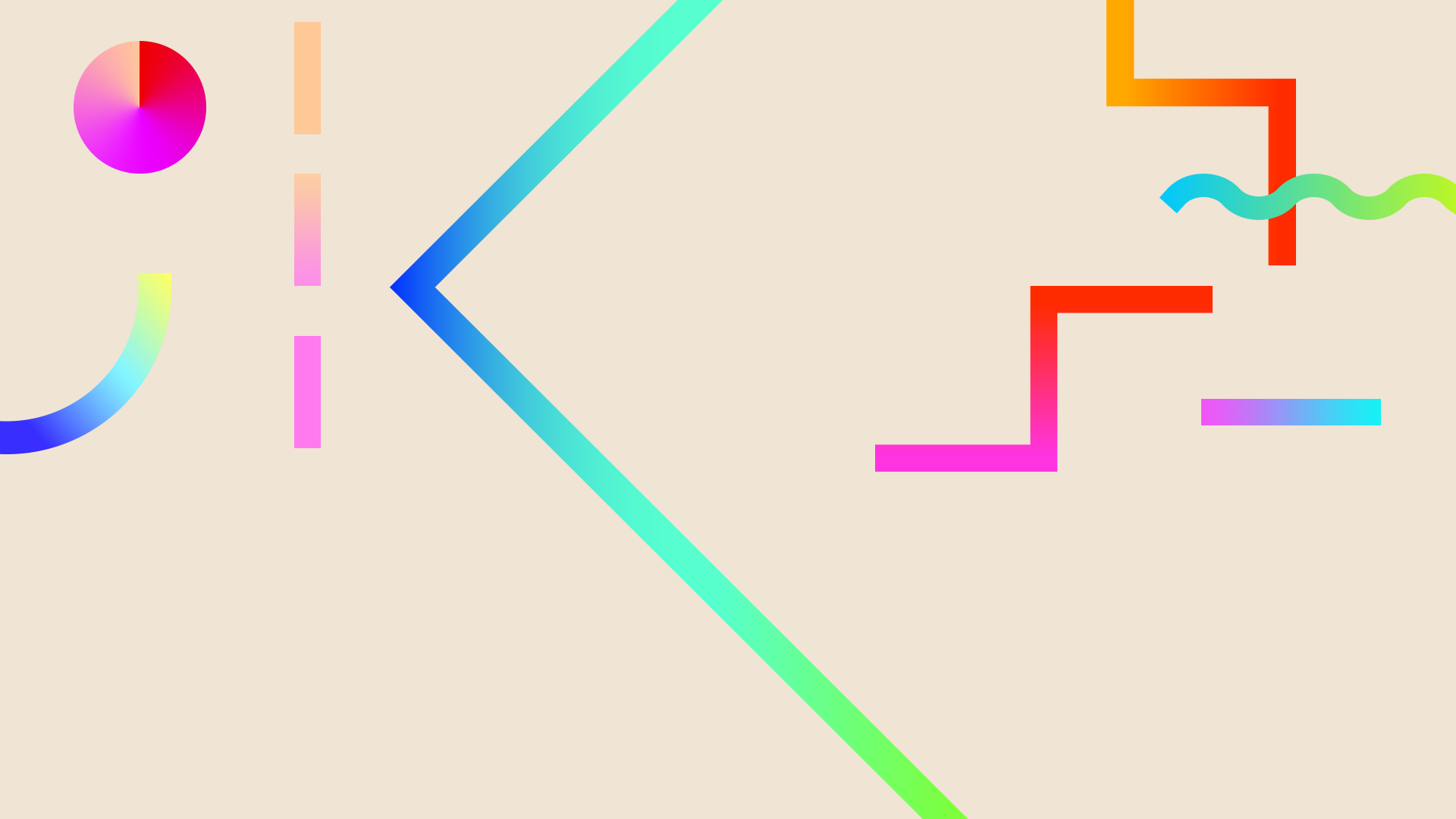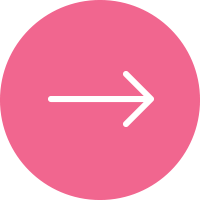top of page

For the last two weeks, we have been exploring light, and learning how to create and edit our own videos using Adobe Premiere Pro. Here is my video, which explains things about light and how it travels such as how a mirror works, how a periscope works, and how eyes process light! Enjoy!
Lights, Camera, Action!
Wondering how we made our periscopes? Here you go!
1. Fold poster board into a square shaped tube (it needs to be small enough to hold the mirrors, so you may need to trim off some of the poster board)
2. Cut "windows" into the poster board. Cut one on the bottom one side of the tube, and the other on the opposite side of the tube, at the top of the periscope)
3. Tape the mirrors into the tube so that they are parallel (one should be near the top window and one should be near the bottom mirror). The mirrors should face each other, so that light enters the periscope near the top mirror, bounces down to the bottom mirror, and then bounces to your eye.
4. Look into the periscope through the bottom window to see what is above you! Now you can see the world like someone in working in a submarine!

Interested in using water beads in your classroom (or just buying them for fun)? Click this link!
Water beads (or "obeez") come dehydrated, but once you soak them in water, they become great models of how our eyes see (without a brain to process light and flip images back over)!
These beads can also be used for sensory play, as an artificial "soil" for plants, as and are a lot of fun to play around with!

Want to see my video script and my video credits? Click on this link!
bottom of page

